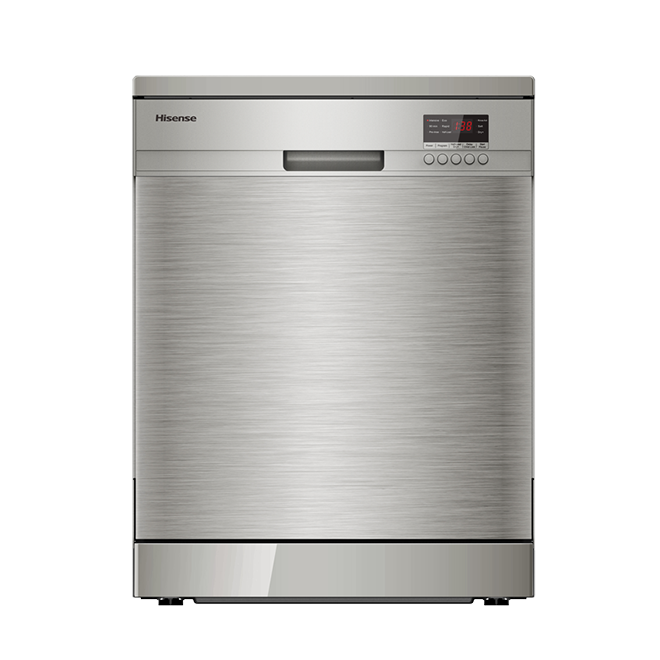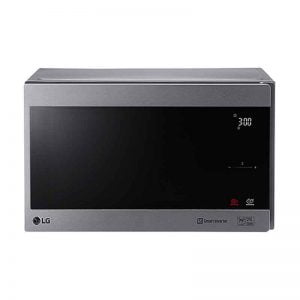When it comes to upgrading your kitchen appliances, few decisions are as pivotal as choosing between a gas oven and an electric oven. Each option brings its own set of advantages and considerations, making the decision a matter of personal preference and practicality. At Abanista, where you can find a variety of quality cookers, this choice often tops the list of queries from discerning buyers. Let’s delve into the key differences and factors to consider when weighing electric versus gas ovens.
1. Heating Mechanism:
- Gas Oven: Operates by burning natural gas or propane, generating heat through a flame. This direct heat source provides quick heating and precise temperature control, ideal for culinary techniques that benefit from instant adjustments.
- Electric Oven: Uses electric heating elements located at the top and/or bottom of the oven cavity. These elements generate radiant heat, ensuring even distribution throughout the oven. Electric ovens often feature additional heating options like convection, which uses a fan to circulate hot air for faster and more uniform cooking.
2. Cooking Performance:
- Gas Oven: Known for its ability to produce a moist cooking environment, which is excellent for roasting meats and certain types of baked goods. The humidity from the gas flame helps retain moisture, making it a favorite among chefs for baking bread and roasting succulent dishes.
- Electric Oven: Offers consistent heat distribution, making it suitable for baking delicate pastries, cakes, and cookies. Electric ovens with convection capabilities ensure that heat reaches all corners of the oven evenly, reducing cooking times and yielding evenly browned results.
3. Energy Efficiency:
- Gas Oven: Generally more energy-efficient than electric ovens in terms of operational costs, especially if you have access to affordable natural gas. However, the initial installation cost and maintenance of gas lines may offset some savings.
- Electric Oven: While potentially more expensive to operate due to electricity costs, modern electric ovens are increasingly designed with energy-efficient features such as improved insulation and precise temperature controls, helping to minimize energy consumption over time.
4. Ease of Installation and Maintenance:
- Gas Oven: Requires a dedicated gas line and proper ventilation to ensure safe operation. Installation should be performed by a qualified professional to prevent gas leaks and ensure compliance with safety standards. Routine maintenance includes checking gas connections and burner efficiency.
- Electric Oven: Generally easier to install since it only requires a standard electrical outlet. Maintenance involves periodic inspection of heating elements, controls, and seals to ensure optimal performance. Electric ovens are also considered safer in terms of reduced fire risk compared to gas models.
5. Cooking Preferences and Flexibility:
- Gas Oven: Offers instant heat control, which is advantageous for adjusting cooking temperatures quickly. It’s preferred by chefs who value the ability to adapt heat levels rapidly during cooking processes.
- Electric Oven: Provides precise temperature settings and consistent heat distribution, making it ideal for baking and roasting tasks that require even cooking results. Convection electric ovens add versatility by circulating hot air, enabling faster cooking times without compromising on taste or texture.
Conclusion:
Ultimately, the choice between a gas oven and an electric oven boils down to your cooking style, kitchen setup, and personal preferences. At Abanista, you can explore a range of cookers designed to meet various culinary needs, whether you lean towards the rapid responsiveness of a gas flame or the even cooking performance of an electric oven. Consider factors such as energy efficiency, cooking versatility, and installation requirements to make an informed decision that enhances your cooking experience.
Visit Abanista today to discover the perfect cooker that aligns with your kitchen ambitions, whether you opt for the precision of electric or the culinary control of gas. Your choice will not only elevate your cooking but also complement the aesthetics and functionality of your kitchen space. Happy cooking!








